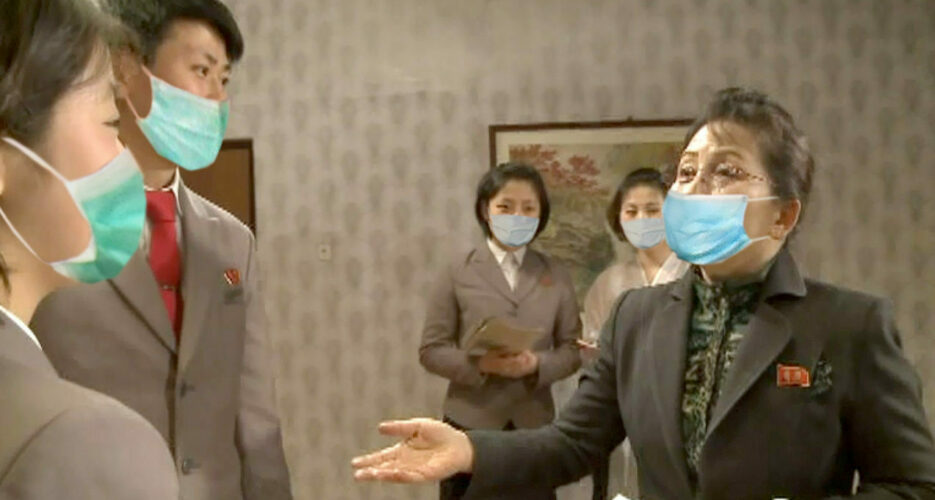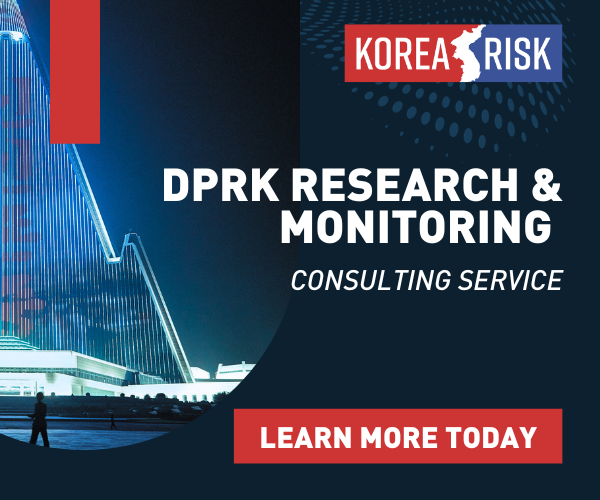North Korean media outlets have since mid-February sought to show all people in public places in the country wearing masks, in line with official directives to block the spread of the novel coronavirus (COVID-19).
But NK News has found that this has resulted in multiple cases of what appear to be photoshopped images of mask wearers, where masks have been digitally added onto people and other alterations have been made to match the state’s propaganda messaging.
North Korean media outlets have since mid-February sought to show all people in public places in the country wearing masks, in line with official directives to block the spread of the novel coronavirus (COVID-19).
But NK News has found that this has resulted in multiple cases of what appear to be photoshopped images of mask wearers, where masks have been digitally added onto people and other alterations have been made to match the state’s propaganda messaging.
Become a member for less
than $5.75 per week.
Unlimited access to all of NK News: reporting, investigations, analysis
The NK News Daily Update, an email newsletter to keep you in the loop
Searchable archive of all content, photo galleries, special columns
Contact NK News reporters with tips or requests for reporting
Get unlimited access to all NK News content, including original reporting, investigations, and analyses by our team of DPRK experts.
Subscribe now
All major cards accepted. No commitments – you can cancel any time.












